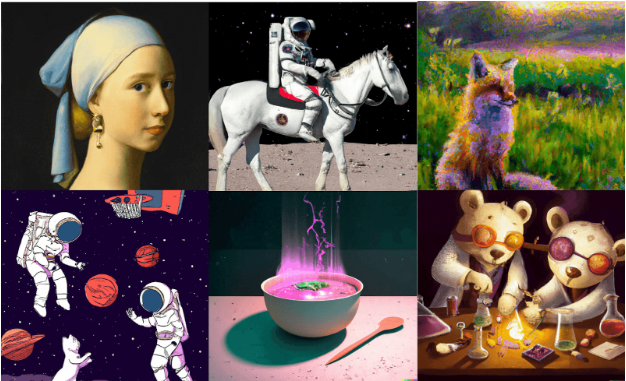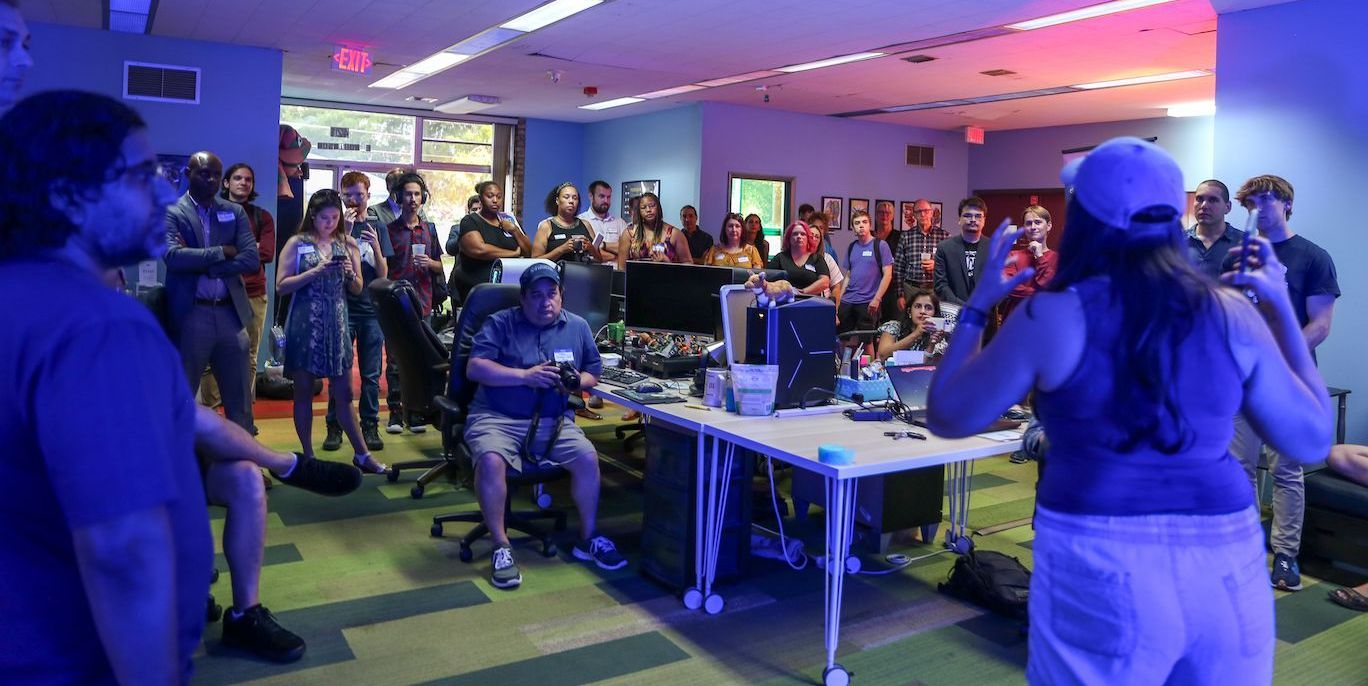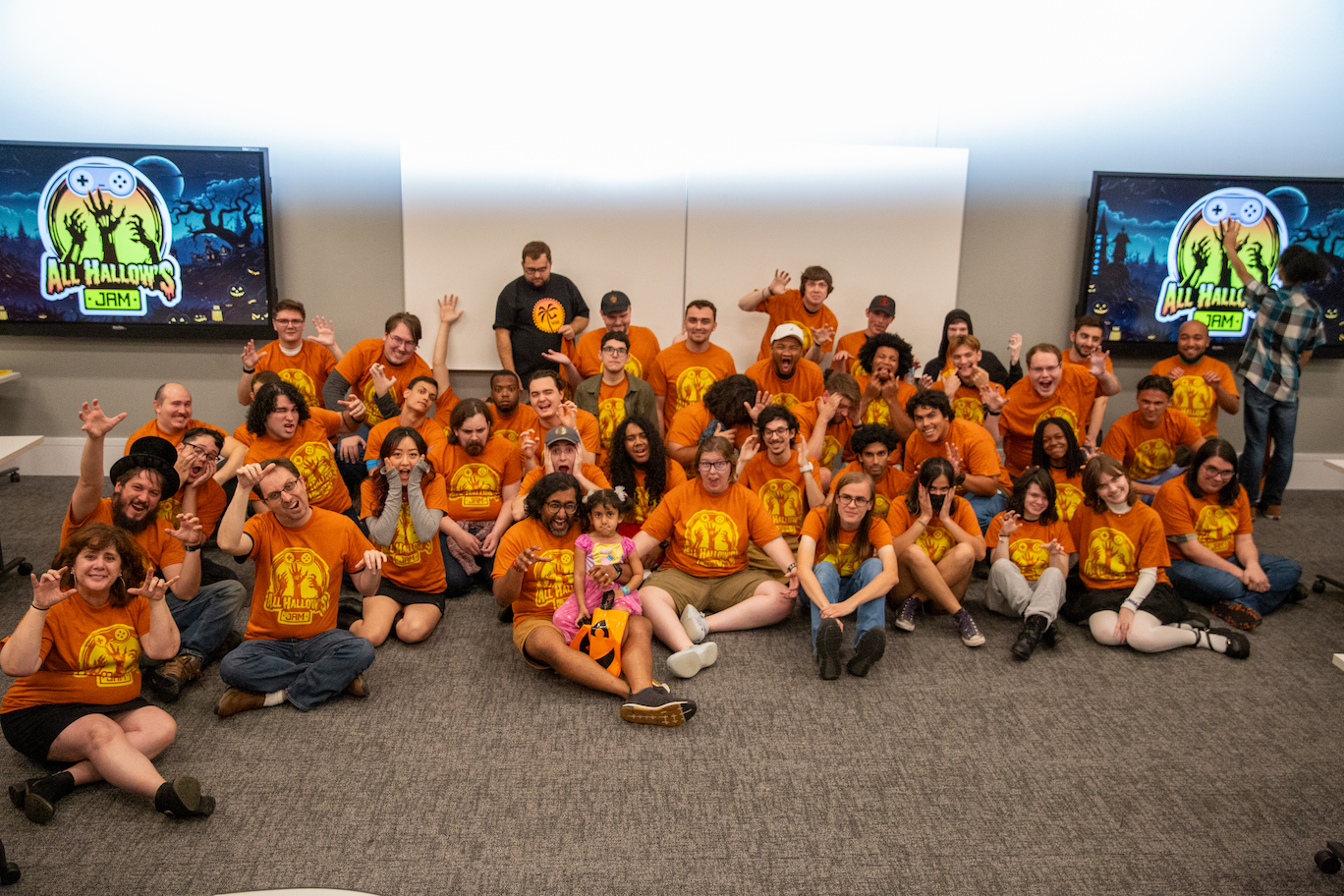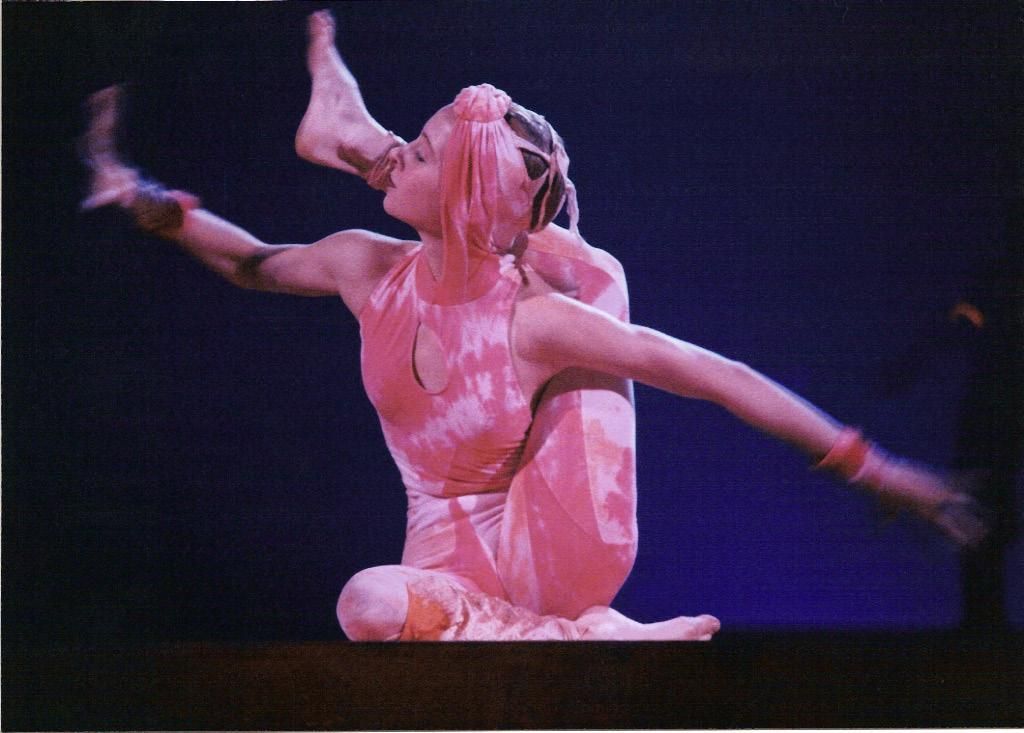Music Used as Storytelling in Video Games
Game developers utilize sound and music to create a cohesive game environment.

With only a few notes in the opening soundtrack from your favorite video game, you are immediately transported into their digital world. What may seem like a small detail actually creates an immersive experience for the player.
Songs are created to express emotion, either how the artist is feeling or what they want their audience to feel. This reflects in the production of video games as well. After spending hours on a challenging puzzle or defeating a boss in
The Legend of Zelda, a
heroic melody plays after the game awards you with a chest. The tune that plays is memorized by the entire fandom, and expands to larger audiences as well. It is often associated with victory or even nostalgia for the gamers who have been playing
The Legend of Zelda for several years. This sense of nostalgia has also proven to create a
positive mood for listeners.
An Inverse study revealed that nostalgia in music is also created within the 10-15 year old range, this is when the consumption of music in our memories is strongest. When children within this age range listen to the soundtrack of their favorite video game while they are playing, they are developing a powerful connection with that tune for a large portion of their life.
If you haven’t guessed it yet, the Zelda franchise is my family’s favorite so it has a special place in my heart. Especially when I was able to fully comprehend the game and play Breath of the Wild when I was 14.
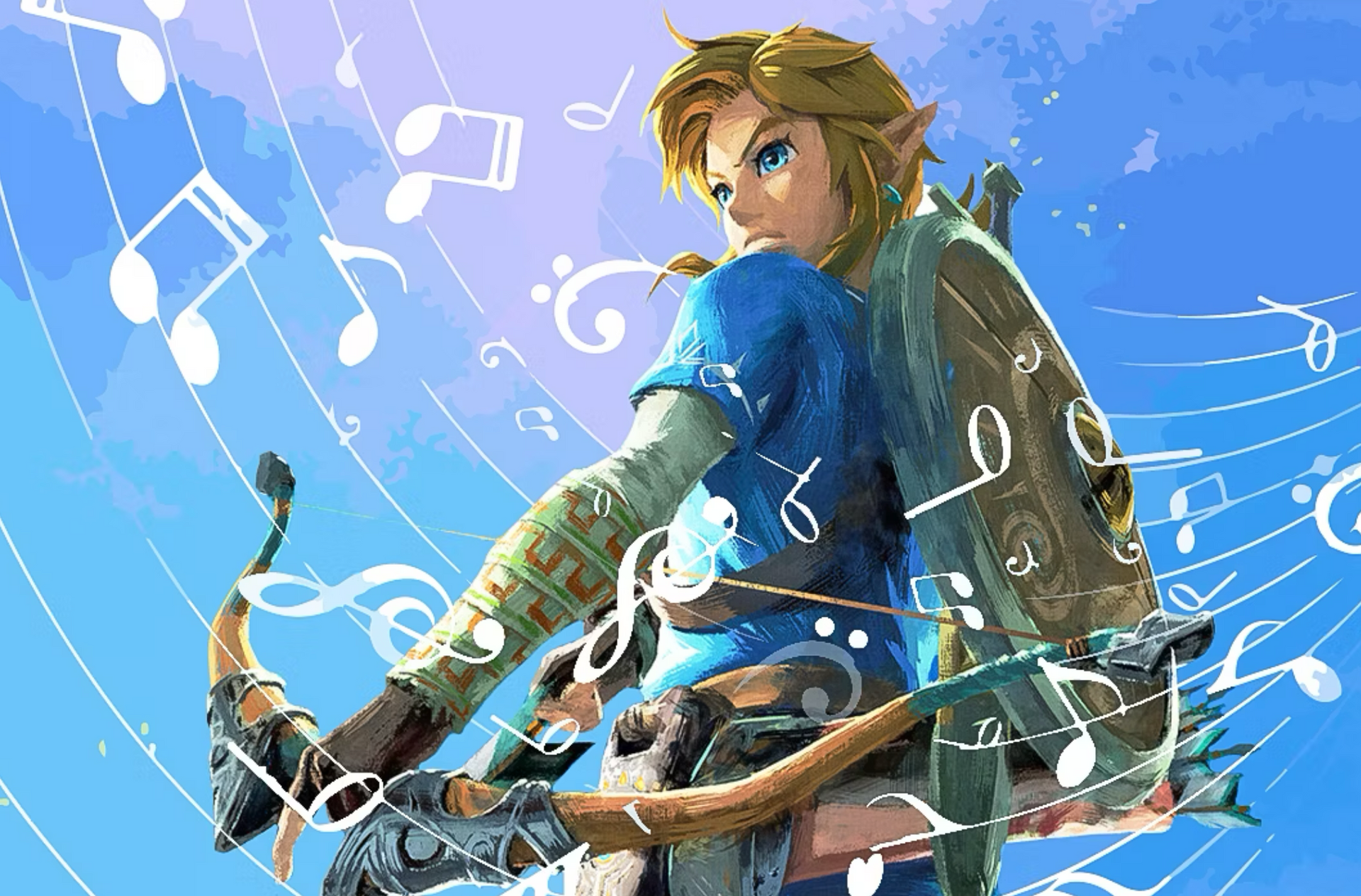

These sounds can also be more subtle to elevate gameplay, such as the sound of echoing rocks when exploring a new cave. This heightens the player’s senses and can create a sense of suspense, depending on the game developer’s goal. In these suspenseful soundtracks, there is a low wave-length frequency which creates suspense as it is associated with tension. While on the other hand, high wave-length frequency in audio can be used to generate a more eager environment.
There is a part of the brain called the
Amygdala, connecting music to emotions. Specifically, the right-side controls a more positive outlook while the left-side is negative. When a frantic tune is playing as you are racing to beat the slowly ticking timer the
left-side of your Amygdala is activated. This creates the anxiety you experience while listening to the background music of an intense video game, which is what creates such an exhilarating game.
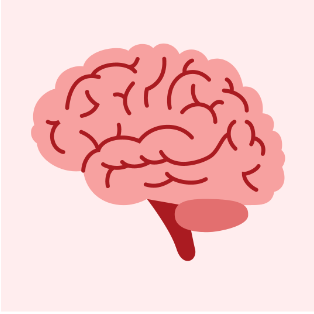
Amygdala Quick Facts:
- Plays a role in addiction
- Almond-shaped
- Located in the Temporal Lobe
- (bottom middle of the brain, behind the temples)

Not only is music within the soundtrack but also in special effects as you're exploring a digital world. Curating these sound effects require immense amounts of creativity and take many attempts to get a realistic recreation. However, their efforts are worth it when you are able to be fully invested into the world in front of you as your senses are interrupted by audio playing to make you feel a certain way. Such as a dramatic fight scene when the sword makes a bloody sound while creating a devastating wound, when in reality it is the removal of the inside of a pumpkin.
Next time you pick up the controller, listen carefully to the tasteful collection of sound effects and music that is grouped to enhance your experience. Many video games utilize audio to do a large portion of the story telling.


Guest Contributor:
Intern for OMG Labs and aspires to pursue Digital Sciences and Arts in the future.
If you're interested in creating a video game or interactive experiences like the one's referenced in this article, reach out to OMG Labs which can help you produce an amazing experience with our world class technologist members.
OMG Labs can guide you step by step through the entire process from ideation, planning, team building, creative direction, and software delivery.





Keep In Touch With Us
Keep In Touch With Us
We will get back to you as soon as possible.
Please try again later.
© 2024 OMG Labs, LLC. All Rights Reserved Designed by Unleash Media
Stay in touch,
join our OMG newsletter
Keep In Touch With Us
We will get back to you as soon as possible.
Please try again later.
© 2025 OMG Labs Group, LLC. All Rights Reserved.

